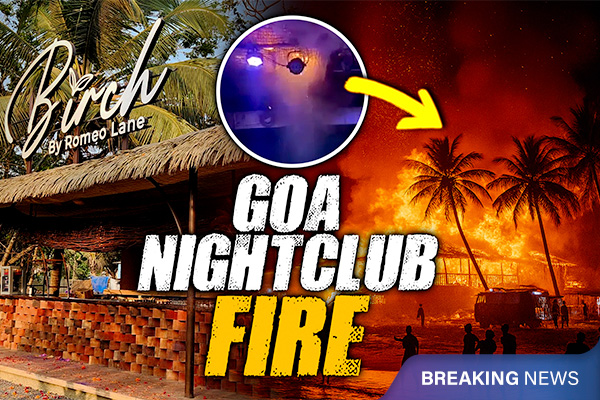Pune Bridge Collapse: 4 Dead, Over 50 Injured in Weekend Tragedy
A 30-year-old footbridge collapsed in Pune on 15 June 2025, killing four and injuring over 50. Overcrowding, rust, and ignored warnings caused the tragedy.
On 15 June 2025, a tragic accident struck Talegaon near Pune when a 30-year-old footbridge over the Indrayani River collapsed around 12:30 PM, killing at least four people, including a child, and injuring more than 50.
The narrow bridge, only 4 feet wide and 470 feet long, was built solely for pedestrian use. But on Sunday afternoon, nearly 150–200 tourists crowded onto it, some even brought bikes despite signs warning against it. According to eyewitnesses, the bridge shook violently for five minutes before snapping and giving way, sending people crashing into the river below.
Rescue operations went on for over 15 hours, with the National Disaster Response Force (NDRF), local police and fire teams saving around 55 people. However, many were injured by the collapsing iron and concrete structure or swept away by strong currents.
The bridge had long shown signs of damage, with visible rust and potholes. Locals had warned authorities back in 2017, but no serious repairs were done. A ?80,000 fund approved by BJP MLA Ravindra Chavan was never utilised. While police presence and warning boards were seen occasionally on weekends, they were not consistent.
Deputy Chief Minister Ajit Pawar confirmed that the bridge failed due to rust and overcrowding, and a probe is underway. Disaster Relief Minister Girish Mahajan added that compensation of ?5 lakh would be given to each victim’s family. A five-member committee has been appointed to investigate whether any audits or safety inspections were ignored.
Shockingly, a work order to build a new bridge was passed on 10 June 2025, just days before the collapse. District Collector Jitendra Dudi explained that the bridge was not clearly marked as a restricted tourist site, leading to confusion despite a general ban on tourist spot access during the monsoon.
Eyewitness accounts paint a chilling picture. One injured man said the crowd grew too large, especially as bikes came from both directions. Another survivor, Sunil Kumar, recalled feeling the bridge tremble underfoot before it suddenly fell—leaving him with a fracture and many others injured or missing.
The collapse brings back memories of another monsoon tragedy in 2024, when five people—including four children—drowned near Bhushi Dam in Lonavala due to sudden rising water levels.
To avoid a repeat of such disasters, the Pune district administration has imposed strict rules for monsoon tourism at popular spots like Lohagad Fort, Bhaje Waterfall, Tiger Point, Ekvira Devi Temple, Karla Caves, and others.
Under the new safety orders, swimming in rivers, sitting under waterfalls, taking selfies at cliff edges, reckless driving, stopping vehicles at unsafe spots, loud music, alcohol, vulgar language, and pollution of any kind are banned. Vehicles, except emergency and essential ones, are also barred near rivers, dams, and waterfalls.
These restrictions aim to prevent accidents in areas where crowds grow large over weekends and during holidays.
With aging infrastructure, unpredictable weather, and growing footfall, it raises an important question for all of us—Should strict crowd-control rules be mandatory on weekends at tourist hotspots?







